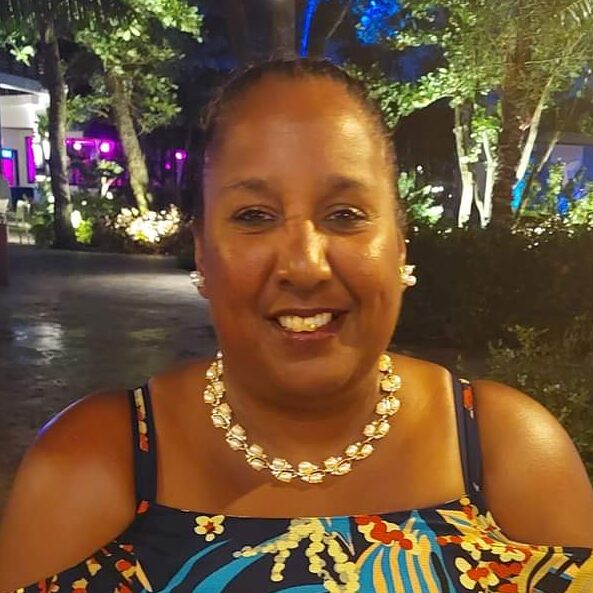Introducing Saint Lucia
St. Lucia, the mountain paradise of the Caribbean; a unique an interesting destination where towering mountains meet the warm, temperate sea. With two distinctive peaks dominating the landscape, this island nation set in the Caribbean is unlike any other. Soulful, tropical, totally unbelievable and bursting with French and British colonial charm, St. Lucia is the crossroad of culture and the hub of nature’s finest. Known to some for its charming resorts – small yet amazingly luxurious – this island is a true gem of the Caribbean region. And many who come here will find themselves seduced by the nation’s beauty and will want to return time and time again.
The iconic mountain range of the Pitons comprises Gros Piton at 771 metres high and Petit Piton at 743 metres high and is home to some of the most incredible wildlife and plant life in the Caribbean. With endless hiking trails, thrilling topography and natural treasures such as the Piton waterfalls, these mountains are two of the biggest blessings that give St. Lucia the edge as a holiday destination. A traveller’s paradise, St. Lucia can offer much more than just white sand beaches and balmy waters but if it’s beach relaxation you’re after, you’ll find plenty of those to choose from including the golden sandy stretch at Reduit Beach, Jalousie Beach with its crystal clear sea, Anse Chastanet with its incredible coral reefs, and the home of the turtles at the beach of Grande Anse. And then there’s bustling and brilliant capital of Castries, the soulful town of Soufrière where the gateway to the island’s best mountain hikes begins, and the old fishing village of Gros Islet where honeymooners and hopeless romantics like to escape to.
From rainforests to coral reefs and champagne sunsets to adventurous hikes, St. Lucia is without a doubt, the Caribbean’s most interesting destination.
Family vacations are great in St. Lucia because there’s something for everybody. Wildlife spotting and birdwatching is great fun for kids of all ages in the Piton Mountains and the rainforest. The Rainforest Aerial Tram is available from Baboneau, Dennery and Soufries, making rainforest exploration extremely accessible and both Gros Piton and Petit Piton make great hiking destinations for all ages. There are also some fantastic beaches to choose from and if you have little ones who enjoy wildlife, they’ll especially love Anse Chastanet for snorkelling and Grande Anse for turtle watching.
Hotels and resorts in St. Lucia are often small to medium sized but are extremely well facilitated and most of them are family friendly. If you’re looking for attractions that are suitable for little ones, don’t miss the Fond Latisab Creole Park, Mamiku Gardens and Diamond Waterfalls and Botanical Gardens.
The food in St. Lucia combines French, East Indian and British influences to form its own unique style of cooking and like other destinations in the Caribbean, fish and seafood is a daily staple for the local people. Other staples include plantains, breadfruits, bananas, avocado, mangoes, oranges as well as green figs which form a part of the national dish of Green Fig & Salt Fish. Other dishes that you may want to try are Callaloo Soup, Accra (fried fish cakes), Bouyon Stew (made with fish, chicken or other meats), Langouste (local lobster), Lambi (conch) and Fried Plantain. Locals love to wash their meals down with a healthy coconut water but if you’re after something a bit stronger, try a rum punch or a regional Caribbean beer such as Piton Beer. A popular soft drink for kids is Golden Apples, made from unripe apples and sugar. Tipping isn’t always necessary when eating out but some restaurants will add a 10% or 12% surcharge to your bill.
The culture of St. Lucia has been influenced by the Indians for their farming of cassava, yams and sweet potatoes which form much of today’s local diet; the British for bringing language and education; and the French for arts, music and dance. But the most important part of the local culture comes from their West African roots during the times of slavery. Today, the majority of the population are Roman Catholic with some Anglican, Methodist or Baptist and the local people of the island are extremely friendly and welcoming.
Recommended Saint Lucia Specialists
Top Locations in Saint Lucia






